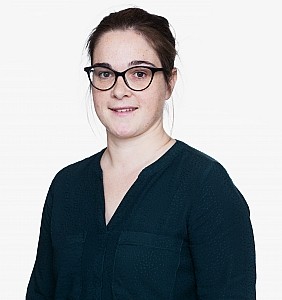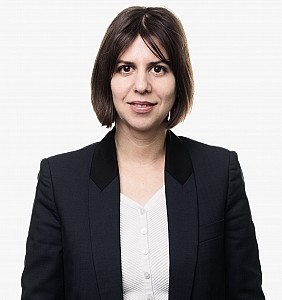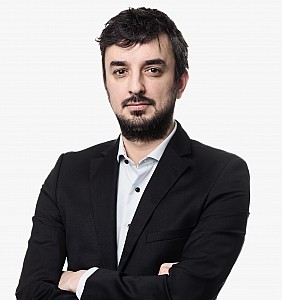Patentability versus freedom to operate (FTO): important differences for inventors
The world of intellectual property (IP) can be intricate and intimidating for inventors and entrepreneurs, particularly when terms such as 'patentability' and 'freedom to operate' are bandied about. Both are crucial concepts, but they serve different purposes. Let's demystify these terms and clarify the distinctions between them.
1. What is Patentability?
Patentability refers to the eligibility of an invention to be protected by a patent. In essence, it answers the question: "Is my invention novel and unique enough to be granted a patent?"
Generally, for an invention to be patentable, it must meet three key criteria:
Novelty: The invention has not been publicly disclosed before.
Inventiveness: The invention is not obvious to a person skilled in that particular field.
Industrially applicable: The invention has a practical use.
The patent system is designed to promote innovation. By granting inventors a limited period of exclusivity (typically 20 years from the filing date), they have the incentive to invent, knowing they can prevent others from copying or selling their invention during this period.
Being granted a patent, however, does not give the patent owner the explicit right to make, use, or sell their invention. This might sound paradoxical, but understanding 'freedom to operate' will shed light on this.
2. What is Freedom to Operate (FTO)?
Freedom to Operate refers to the ability to commercialize or use an invention without infringing on the rights of others. In simple terms, it answers the question: "Can I legally sell or use my invention without being sued?"
Before launching a product or implementing a new technology, companies often conduct FTO searches. These searches determine if there are any existing patents that their invention might infringe upon.
While patentability focuses on the uniqueness of an invention, FTO emphasizes the practical legal landscape. It's possible for an invention to be patentable (i.e., novel and non-obvious) but still infringe on another patent.
Let’s have a look at an example: Imagine you've developed a new type fountain pen ensuring regular ink flow to paper while applying minimal pressure. Your fountain pen might be deemed patentable because of its unique design and solution to the problem. However, if someone else holds a patent for a fountain pen that covers part of your design and hasn’t licensed it to you, then you might not have the freedom to operate and sell your pen without risking infringement.
3. Why are Both Concepts Important?
For inventors and entrepreneurs, understanding both patentability and FTO is essential for the following reasons:
=> Risk Mitigation: Being aware of existing patents and potential infringements can save companies from costly lawsuits and wasted resources on product development.
=> Strategic Planning: Having a clear picture of the patent landscape can guide business decisions, from product design modifications to licensing opportunities.
=> Maximizing ROI: By ensuring both patent protection and FTO, businesses can safeguard their inventions and investments, ensuring they reap the benefits of their innovations.
4. Navigating the Interplay
It's not uncommon for inventors to mistakenly believe that once they're granted a patent, they automatically have the green light to commercialize their invention. This misconception can lead to expensive legal battles and business setbacks.
Conversely, just because someone else has patented a similar invention doesn't mean you can't obtain a patent for your unique variation. It merely means you need to be cautious about commercializing it without the right permissions.
Conclusion
In the complex world of intellectual property, understanding the nuances between patentability and freedom to operate is crucial. While patentability focuses on the uniqueness and eligibility for protection of an invention, FTO emphasizes the ability to legally commercialize that invention.
For anyone looking to bring an innovation to market, it's wise to consult with IP professionals. They can provide guidance on both securing patent rights and navigating the existing patent landscape to ensure a smooth and legally sound path to market.
Do you have a question?
We would be happy to assist you.
Make an appointment with one of our experts.
Rest assured, you're not alone.
Feel free to browse through the FAQ and don't hesitate to
contact us if you still have any doubts.




